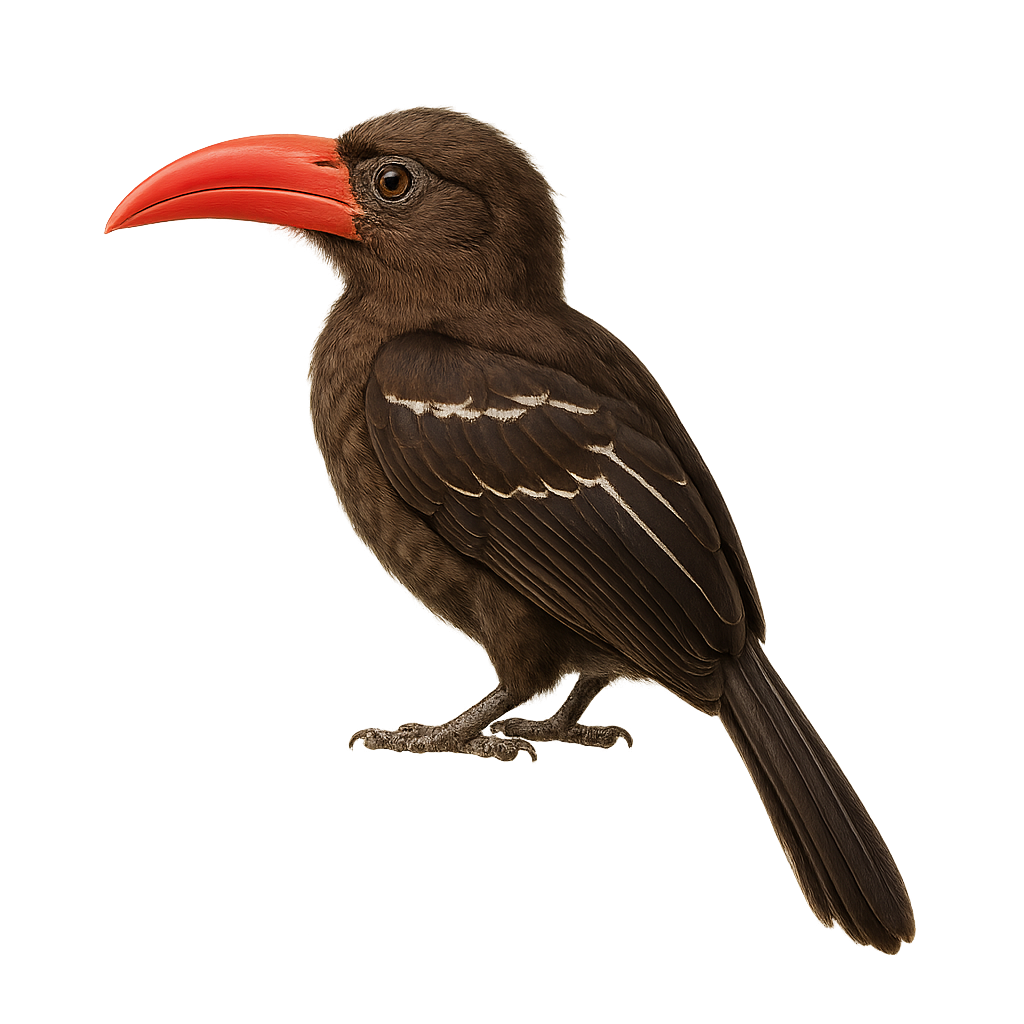Your wildlife photography guide.
Explore the western long-tailed hornbill in detail, study its behavior, prepare your shots.
Where to observe and photograph the western long-tailed hornbill in the wild
Learn where and when to spot the western long-tailed hornbill in the wild, how to identify the species based on distinctive features, and what natural environments it inhabits. The WildlifePhotographer app offers tailored photography tips that reflect the western long-tailed hornbill’s behavior, helping you capture better wildlife images. Explore the full species profile for key information including description, habitat, active periods, and approach techniques.
Western Long-tailed Hornbill
Scientific name: Horizocerus granti

IUCN Status: Least Concern
Family: BUCEROTIDAE
Group: Birds
Sensitivity to human approach: Suspicious
Minimum approach distance: 10 m
Courtship display: March to April
Incubation: 23-25 jours
Hatchings: March to May
Habitat:
Tropical forests, wooded savannas, mangroves
Activity period :
Primarily active during the day, with peak activity in the morning and late afternoon.
Identification and description:
The Western Long-tailed Hornbill, or Horizocerus granti, is a captivating bird belonging to the Bucerotidae family. It is recognized by its striking black and white plumage and long tail. This bird is primarily found in the tropical forests of West Africa, where it feeds on fruits, insects, and small animals. The Western Long-tailed Hornbill is a social bird, often seen in small groups. Its distinctive call echoes through the canopy, adding an auditory layer to its lush habitat. Although its conservation status is currently concerning, it plays a crucial role in seed dispersal, contributing to the health of its ecosystem.
Recommended lens:
400mm – adjust based on distance, desired framing (portrait or habitat), and approach conditions.
Photography tips:
To photograph the Western Long-tailed Hornbill, it is advisable to use a 400mm lens or longer to capture detailed images from a distance. Look for a good vantage point in tropical forests or wooded savannas where this bird is often seen. Be patient and discreet, as the hornbill, though suspicious, can be observed in small groups. Take advantage of natural daylight to achieve sharp and well-lit shots.
The WildlifePhotographer App is coming soon!
Be the first to explore the best nature spots, track rutting seasons, log your observations, and observe more wildlife.
Already 1 430 wildlife lovers subscribed worldwide

